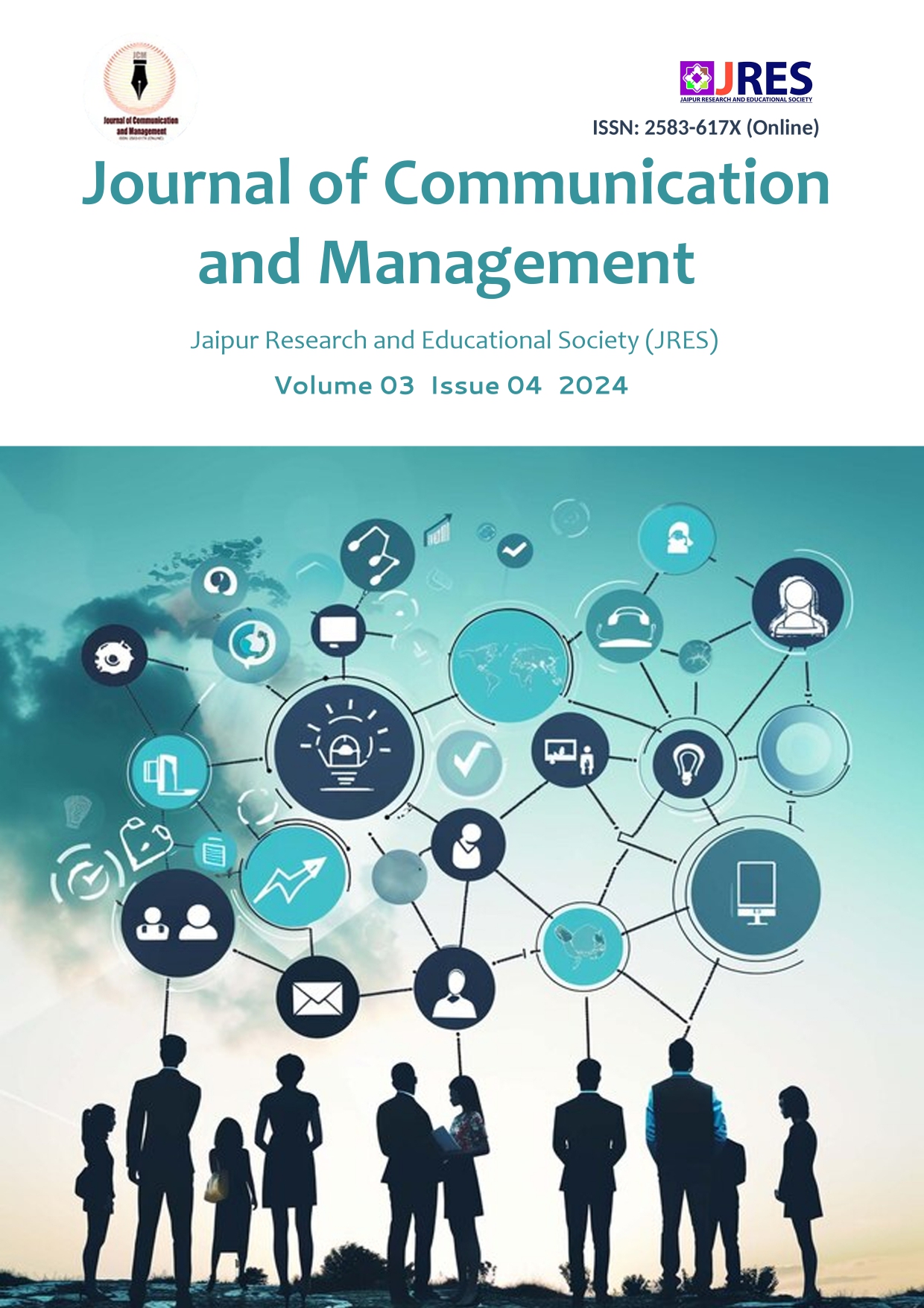Mapping AI Literacy Among Punjab’s Teachers Using Structural Equation Modelling
DOI:
https://doi.org/10.58966/JCM20243410Keywords:
Artificial intelligence, AI Literacy, Structural Equation Modelling, Educational Development, Teacher PreparednessAbstract
As smart technology propels the advancement of various sectors, artificial intelligence (AI) has emerged as a pivotal driver of innovation and transformation in education. For educators, proficiency in AI and the enhancement of AI literacy are crucial for professional development. This research investigates the interrelationships among different facets of AI literacy to augment classroom teaching efficacy and foster the adoption of AI literacy. An analysis of 1013 survey responses forms the basis of our findings, concentrating on educators’ AI literacy levels, encompassing Knowing and Understanding AI (KUAI), Applying AI (AAI), Evaluating AI Application (EAIA), and AI Ethics (AIE). The results indicate that AAI significantly and positively influences the other three dimensions. Consequently, it is imperative for governments to implement measures aimed at enhancing teachers’ AI literacy (Bjola, 2022). To facilitate this development, diverse curricula, comprehensive content, innovative methods, and practical resources for specialized training must be provided, positioning AI literacy as a critical enabler for the sustainable professional growth of educators.





